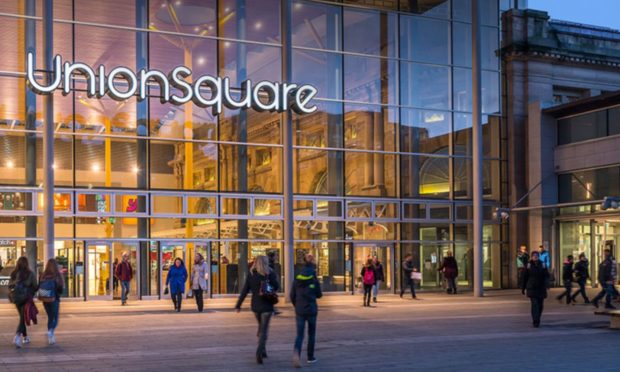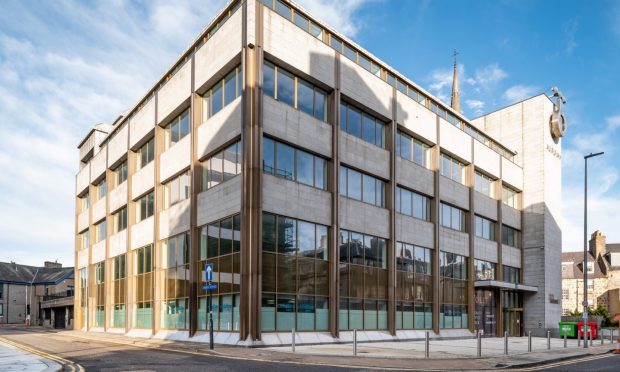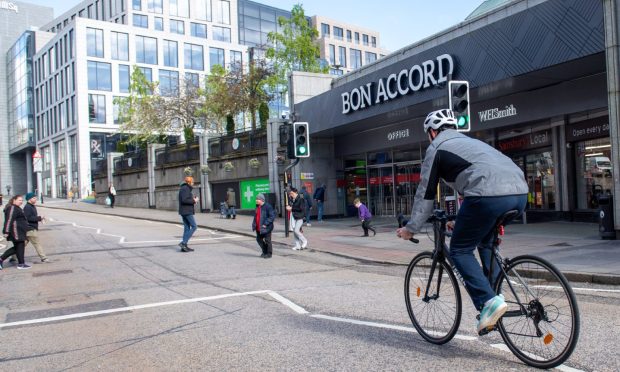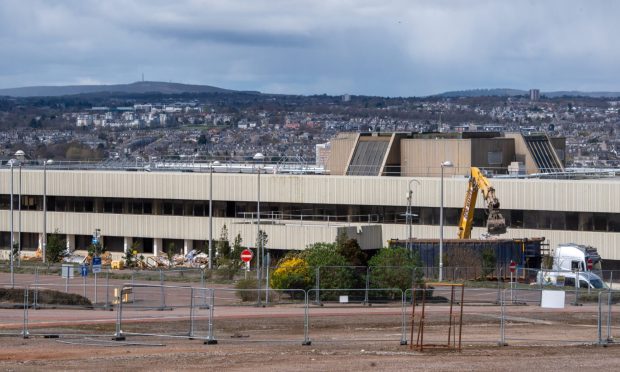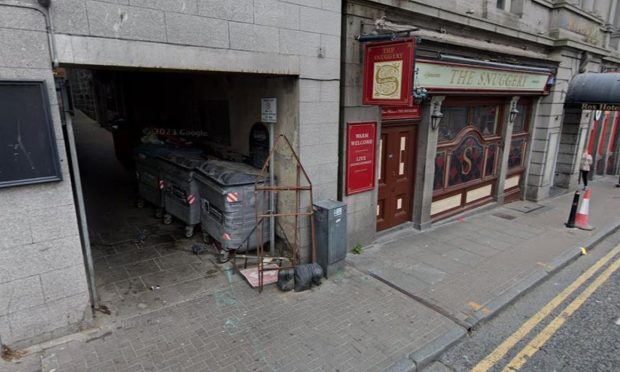The flooding which battered the north and north-east of Scotland last winter has been labelled the most extreme on record by experts.
An appraisal of the storms by the Centre for Ecology and Hydrology (CEH) and the British Hydrological Society has concluded it was a more devastating downpour than those experienced in March 1947.
This would rank the event – which includes the storms Desmond, Frank and Gertrude – as the largest of the last century.
Storm Desmond swept into the UK on December 3 causing chaos across the north and north-east of Scotland.
Aviemore was affected badly by the storm, where the Old Bridge Inn and the town’s holiday park were flooded.
Then on December 30, Storm Frank began battering the north-east, devastating 600 homes and 100 businesses across Aberdeenshire as it moved into January.
The rivers Dee, Don, Ury and Ythan all overflowed, and in Ballater alone more than 300 homes and 60 businesses were flooded.
Earlier in the year expert Professor George Fleming branded flooding along the River Dee during Storm Frank as the worst since the Muckle Spate of 1829.
The new report states December alone was calculated as the wettest and on average, the warmest on record for the UK.
November 2015 to January 2016 was the wettest three month period on record since 1910.
Lead author of the appraisal, Terry Marsh from CEH, said: “At a national scale the winter floods of 2015-16 were the most extreme on record.
“The November to January period was the wettest three-month sequence in the UK rainfall series – which begins in 1910.
“The associated flooding was both extensive and repetitive, and total river outflows from Great Britain following the passage of Storm Desmond in December exceeded the previous maximum by a substantial margin.”
Aboyne, Upper Deeside and Donside councillor, Peter Argyle, said: “We had something like half a month’s rain in 12 hours on top of ground already completely soaked, which led to the floods.
“The River Dee has a long history of flooding, historically it has been known as a fairly lively river.
“One has to say how well the community in Ballater has moved on from the events almost a year ago. As part of the review of what has happened one has to acknowledge the huge amount of work the community has done and give them absolute credit.
The Lib Dem added “important” modelling work is being done along the likes of the Dee at the minute in order to better understand the effects of the storms on the watercourse.

